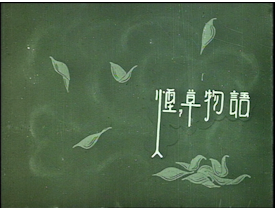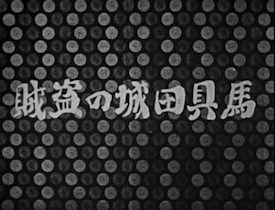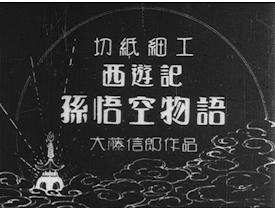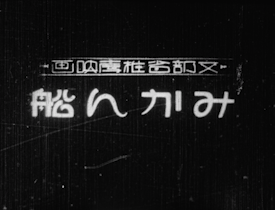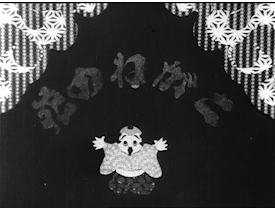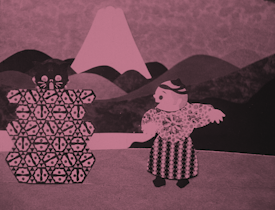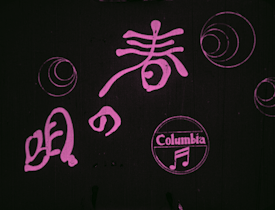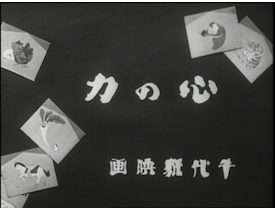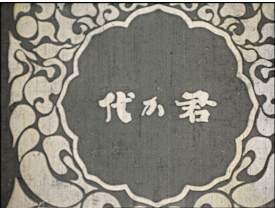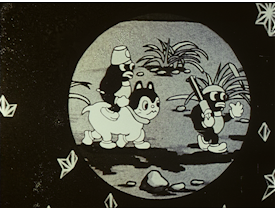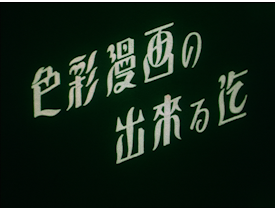Noburo Ofuji
| Author [First name / Last name] | Noburo Ofuji |
|---|---|
| Japanese (Katakana) | オオフジ ノブロウ |
| Japanese (Kanji) | 大藤信郎 |
| Born | Jun 1, 1900 |
| Died | Jul 28, 1961 |
| Introduction | Born 1900, in Tokyo. Ofuji learned the basics of animation under Junichi Kouchi, and later developed his own unique animation style using cutouts from chiyogami (Japanese traditional decorative paper with colored patterns). While strictly maintaining his independent production style, he attempted a variety of techniques such as paper cutouts, cel, silhouette, and colored cellophane. |
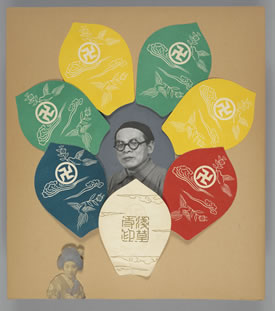
Biography
Born on June 1, 1900 in Asakusa, Tokyo and died on July 28, 1961.
Ofuji's family ran a phonograph recording studio and Ofuji was born the seventh child out of eight. His given name was Nobushichiro. Initially taught by Junichi Kouchi, one of the founders of Japanese animation, Ofuji made his debut in 1926 with Burglars of "Baghdad" Castle (馬具田城の盗賊) using cutouts from Edo chiyogami. Paper cutout animation using chiyogami became synonymous with Ofuji and the Jiyu Eiga Kenkyusho, established by Ofuji in his Yoyogi-Uehara home, eventually changed its name to Chiyogami Eigasha. He was always ready to incorporate new techniques such as combining live-action and animation, record talkies (silent film with synchronized sound on disc), and Cinecolor. He also created many cel animation works such as those featuring his main characters Dangobei and Heibei the Pooch. Together with Yasuji Murata and Sanae (Zenjiro) Yamamoto, Ofuji formed the foundation of Japanese animation. After WW2, he developed his own unique technique using silhouettes and colored cellophane, and his works Whale (くじら, 1952) and The Phantom Ship (幽霊船, 1956) were highly acclaimed at international film festivals. Ofuji was an artist who steadfastly continued his individual and independent production style, going so far as to build his own filming stage, with the help of his elder sister, Yae. In his twilight years, he was engaged in producing the feature film The Tale of the Bamboo Cutter (竹取物語) and Gulliver's Travels (ガリバー旅行記), which would have become his masterpieces, but he passed away at the age of 61 before they could be completed.
Works on this site
Chiyogami dreaming of color, and Ofuji's popular duo, Heibei the Pooch and Dangobei
Please tell us what you think about this website by filling out a short questionnaire.
To educational users: Please provide us with feedback on website usage for educational purposes.
- Unauthorized copying and replication of the contents on this site are prohibited.
